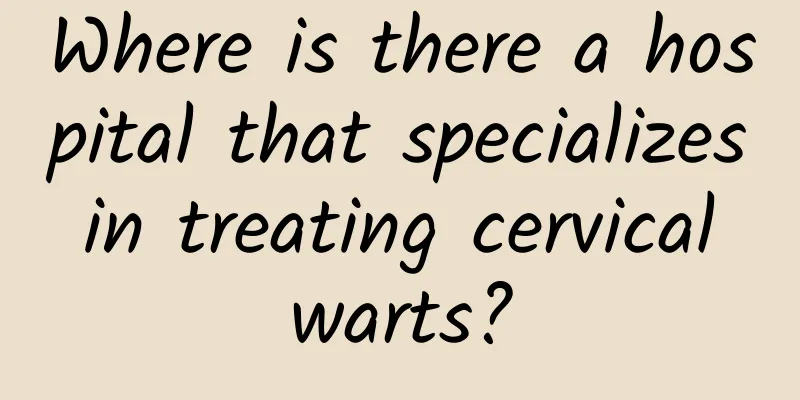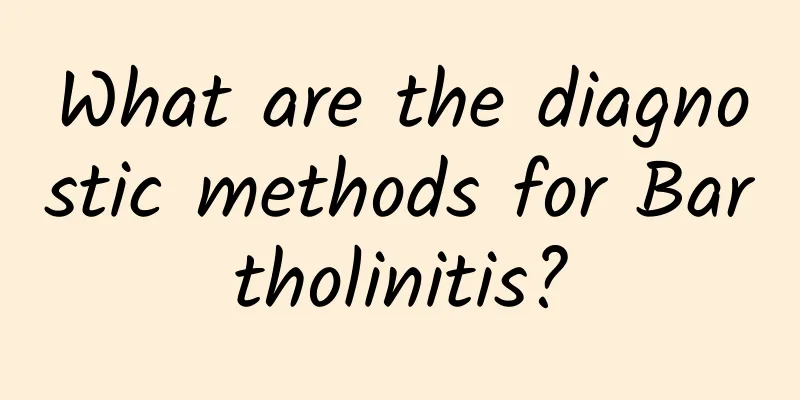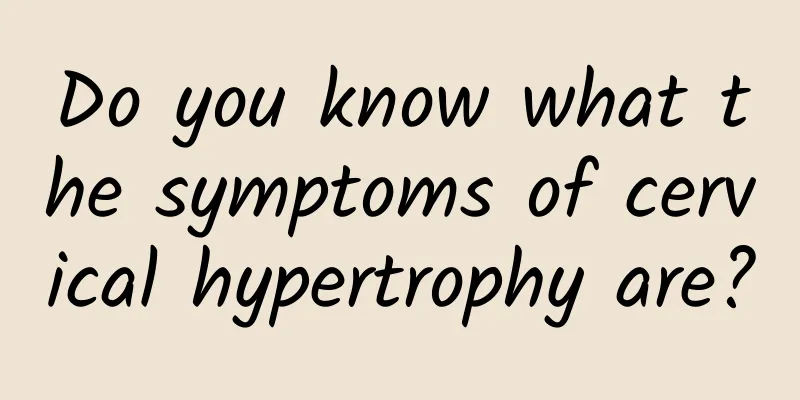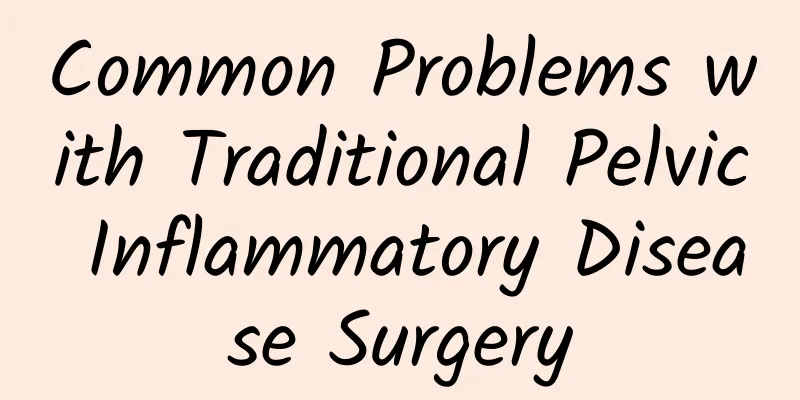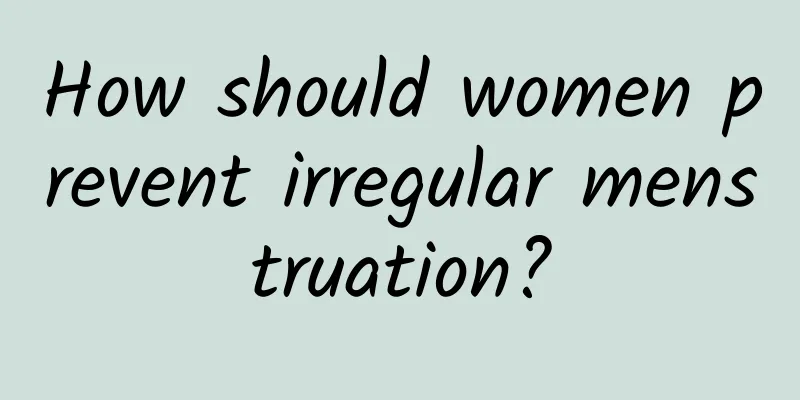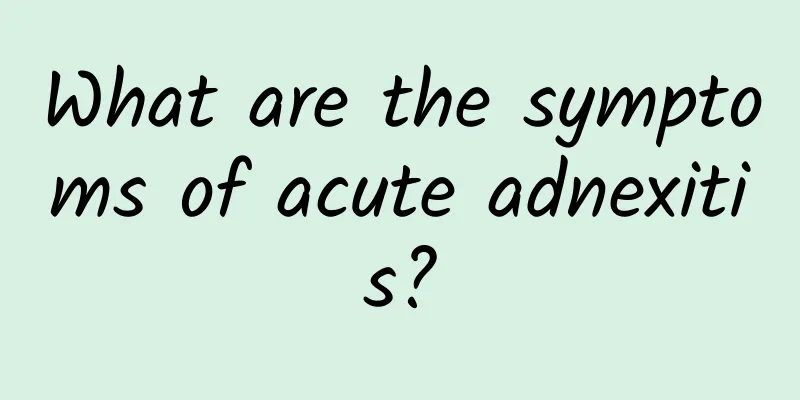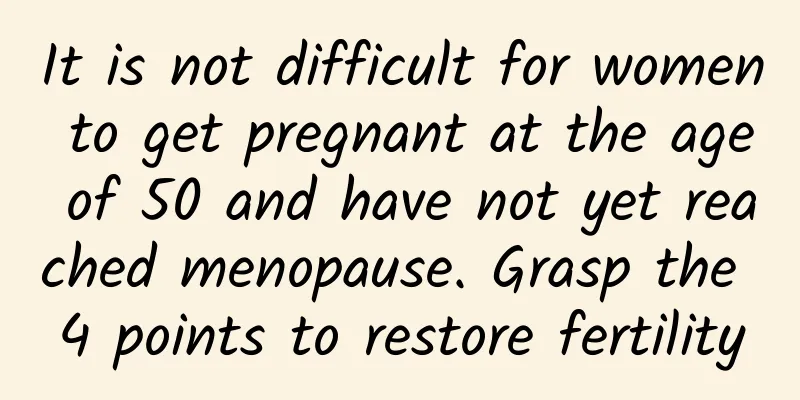What is the most effective method for treating pelvic peritonitis?
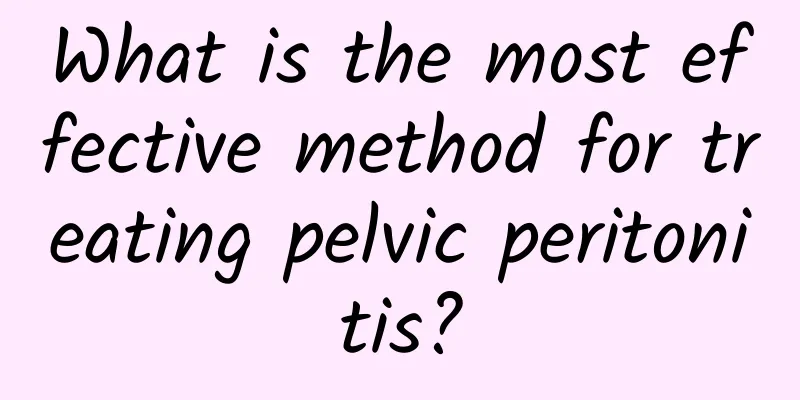
|
In the process of treating pelvic peritonitis, the treatment method plays a big role. We all know that the symptoms of pelvic peritonitis are mainly damp heat and blood stasis. Such inflammation will cause pain to the patient when it is serious. As family members of patients with pelvic peritonitis, we see it with our own eyes and feel pain in our hearts. Through experts, we also learned that there are some treatment methods for pelvic peritonitis that are still very effective. The following are the methods of treating pelvic peritonitis learned through consultation. Treatment with Chinese medicine: Pelvic peritonitis is mostly of damp-heat type, and the treatment principle is mainly to clear away heat and dampness, and promote blood circulation and remove blood stasis. Drug treatment method: In addition to eliminating pelvic congestion, anti-inflammatory and antibacterial treatment is also an aspect of pelvic peritonitis. This will eliminate inflammation and help the congestion and edema to subside, helping to cure pelvic peritonitis faster. You can also take some Chinese medicine for promoting blood circulation and removing blood stasis for auxiliary treatment under the guidance of a doctor. This is a common treatment method for pelvic peritonitis in traditional Chinese medicine. Physical therapy: benign warm stimulation can promote local blood circulation in the pelvic cavity, improve the nutritional status of tissues, and increase metabolism, so as to facilitate the absorption and disappearance of inflammation. Commonly used methods include short wave, ultrashort wave, ion penetration, wax therapy, etc. Surgical treatment: The scope and method of surgery should be determined according to the patient's age, the scope of the lesion, the size of the mass, and the patient's desire for fertility. If the patient is relatively young and has fertility requirements, and the inflammation causes the fallopian tubes and ovaries to form wrapping and adhesions, affecting fertility, conservative surgical treatment should be considered. For patients with recurrent pelvic peritonitis, long-term mass, and no fertility requirements, the principle of surgery is complete cure. Unilateral oophorectomy or total hysterectomy plus bilateral oophorectomy is performed. The symptoms of pelvic peritonitis are not very obvious, and we often need to observe carefully. However, some patients with pelvic peritonitis have been suffering from the disease for a long time, and have already had many debilitating symptoms. They also begin to have physical discomfort. Sometimes, the resistance of patients with pelvic peritonitis is poor, and they are prone to complications. If we want patients to avoid the harm of pelvic peritonitis, we can use appropriate methods to accurately treat pelvic peritonitis. All of them are very effective. |
<<: Does pelvic peritonitis require surgery?
>>: Will pelvic peritonitis heal on its own?
Recommend
What kind of surgery is micro-tube painless abortion?
There are many abortion surgeries in clinical pra...
What are the dietary precautions for functional uterine bleeding?
What are the dietary points for functional uterin...
How to prevent cervical erosion
Cervical erosion is one of the most common diseas...
How can we prevent ovarian cysts?
How can we prevent ovarian cysts? Ovarian cysts a...
Regulating the daily diet of patients with vulvar leukoplakia
Vulvar leukoplakia is generally caused by vulvar ...
15-year-old girl's belly is bulging and covered with "stretch marks", and her mother is horrified after the CT scan
A few months ago, an anxious couple brought their...
Can I get pregnant if I have vaginal candidal infection?
Vaginal candidiasis is a common vaginitis, second...
Will long-term vaginitis turn into cancer?
Vaginitis is a common gynecological disease, main...
Pink watery bleeding during ovulation
Pink, watery bleeding during ovulation is usually...
Can women with adenomyosis eat spicy food?
Patients with adenomyosis have two types of endom...
What foods can easily cause miscarriage? Here are 6
The following six kinds of food are most likely t...
What should women do if they have amenorrhea due to polycystic ovary syndrome?
Patients with PCOS have symptoms such as irregula...
What are the causes of uterine fibroids? What are the hazards of uterine fibroids?
Now, the number of uterine fibroids is on the ris...
The causes of pelvic inflammatory disease and back pain and how to treat it effectively
Why does pelvic inflammatory disease cause recurr...
How to relieve abdominal pain during menstruation
How to relieve abdominal pain during menstruation...
